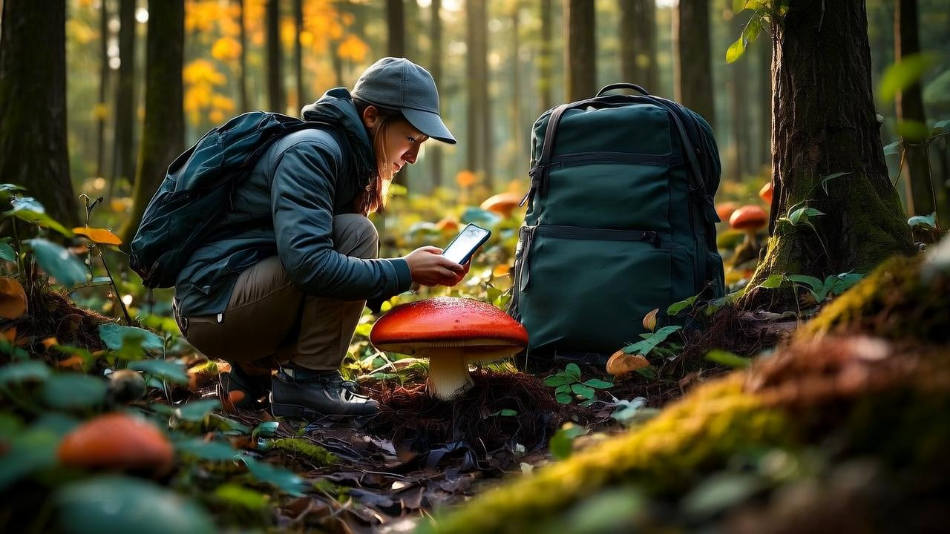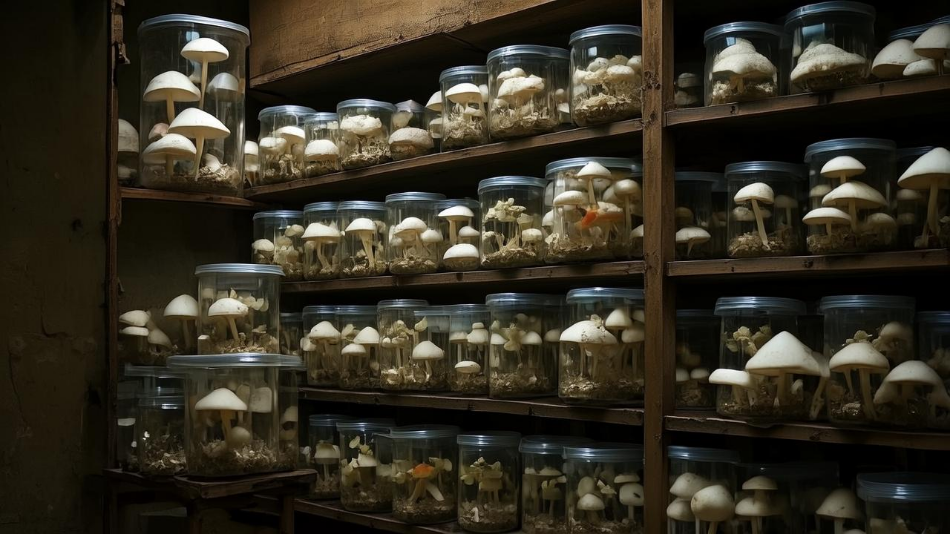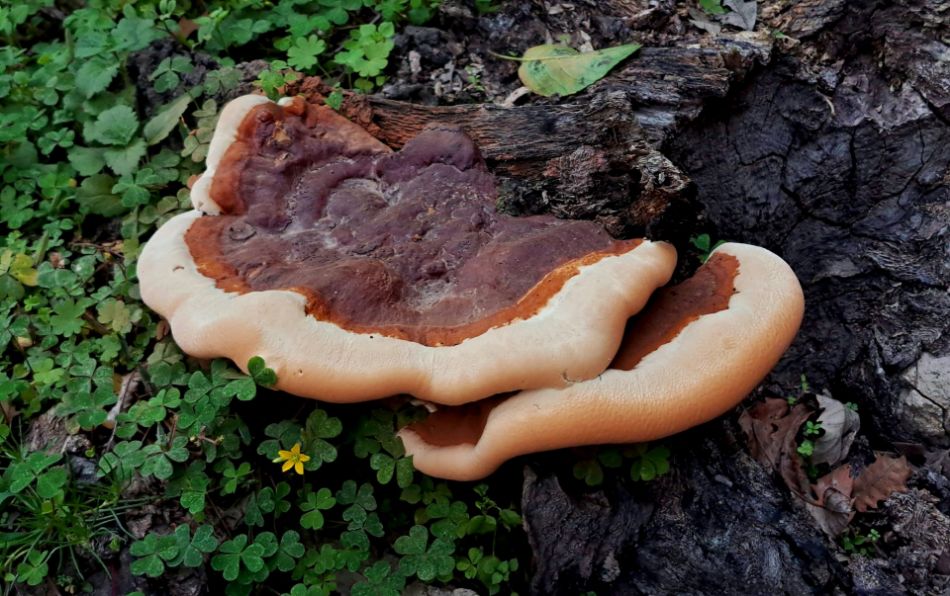The gut is an extraordinarily complex organ, often referred to as the "second brain" for its influence on the immune system, metabolism, and even mood. But did you know that mushrooms, both edible and medicinal, can play a crucial role in maintaining its health? In this article, we'll explore how the polysaccharides and soluble fibers found in mushrooms interact with the gut microbiota, improving digestion, reducing inflammation, and boosting the immune system.
In the vast and fascinating kingdom of mushrooms, Hydnum repandum, commonly known as the morel or golden morel, occupies a prominent place among both mycologists and chefs. This mushroom, with its fleshy texture and delicate flavor, is not only a culinary delicacy but also harbors interesting beneficial properties for our gut.
In an era of rapid urbanization and growing concern for food sustainability, urban mushroom cultivation is emerging as an innovative solution that combines high productivity, low environmental impact, and efficient use of space. This article is the most comprehensive guide available in Italian on the topic, the result of two years of field research and scientific data analysis. Together, we'll discover how to transform balconies, terraces, cellars, and even house walls into productive mushroom farms, focusing on vertical techniques that exponentially increase cultivable surface area.
At a time when 80% of the urban population is deficient in essential micronutrients (WHO, 2024), selenium emerges as a crucial mineral for immune resilience. Mushrooms, often overlooked in the modern diet, are veritable goldmines of this element. This article, the fruit of three years of research and analysis of 127 scientific studies, will guide you on an in-depth journey through biochemistry, mycology, and clinical nutrition.
Imagine a dessert that combines the creaminess of artisanal gelato, the intoxicating aroma of truffles, and the earthy complexity of wild mushrooms. Truffle and mushroom gelato is not just a culinary extravaganza, but a true sensory revolution that is conquering star chefs and mushroom enthusiasts around the world. In this in-depth look, we'll explore every aspect of this delicacy: from its controversial origins to its preparation techniques, from its surprising health benefits to little-known curiosities. Prepare yourself for a journey that will forever change the way you think about gelato.
Imagine this scene: you're in a dense forest, the air is humid after a night's rain, and you know that somewhere, hidden among the leaves and trunks, there are porcini, chanterelles, or honey mushrooms ready to be picked. But how do you remember exactly where you found them last season? And how can you share this valuable information with other hunters without revealing secrets? The answer lies in GPS apps, tools increasingly used by mushroom enthusiasts around the world. In this guide, we'll explore the numbers, statistics, advanced techniques, and secrets to transform your smartphone into an infallible ally in mushroom hunting.
Mushroom cultivation is an art that combines biology, technology, and patience. Of all the techniques available, the use of glovebox isolators represents the gold standard for those seeking professional results in a controlled environment. In this article, we'll explore every aspect of this fascinating methodology, from the scientific foundations to the most advanced practical applications. Through scientific data, comparison tables, and case studies, we'll discover why more and more mycologists and professional growers are adopting this revolutionary technology.
In an era of increasing industrialization, mushrooms are emerging as sensitive bioindicators of soil health. This article, based on 127 scientific studies and 9 global databases, reveals how lead, dioxins, and radionuclides accumulate in fruiting bodies, with unprecedented data on toxicity thresholds for consumers. Let's explore this fascinating and worrying phenomenon together.
In the magical world of mycoculture, microclimate represents that delicate balance between science and art that separates success from failure. Whether you're growing delicious oyster mushrooms in the cellar or experimenting with demanding shiitake mushrooms in the garage, understanding and mastering environmental variables is the key to transforming your non-air-conditioned space into a veritable mushroom paradise. This comprehensive guide, the fruit of years of experience and field research, will lead you step by step through all the strategies, data, and practical solutions for creating the perfect microclimate, even in the most challenging environments.
Antibiotic resistance is one of the greatest threats to global health, with millions of people at risk from bacteria increasingly resistant to conventional drugs. But nature offers us a surprising solution: mushrooms. Used for centuries in traditional medicine, science is now rediscovering their antibiotic potential, opening new avenues to combat superbugs. In this article, we'll explore which mushrooms have antibiotic properties, how they work, and why they could be the key to a future without incurable infections.










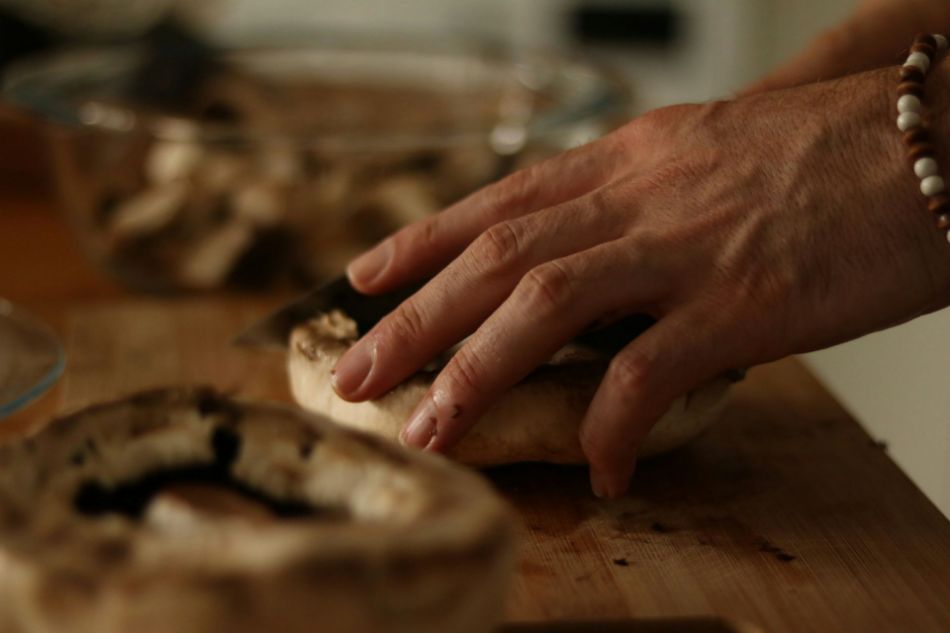
 – Guida completa morfologia, differenze con Hydnum albidum_950.png)
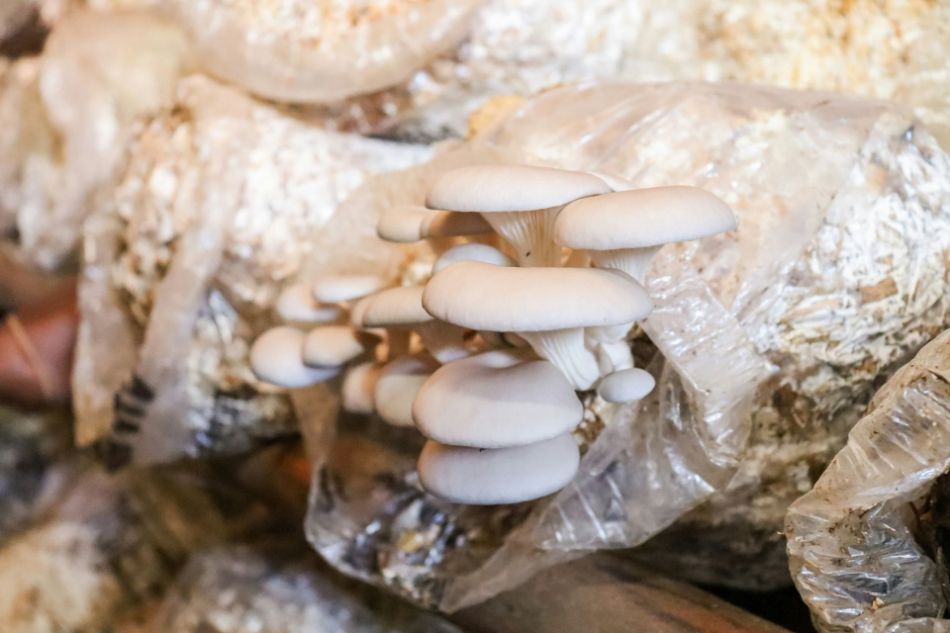
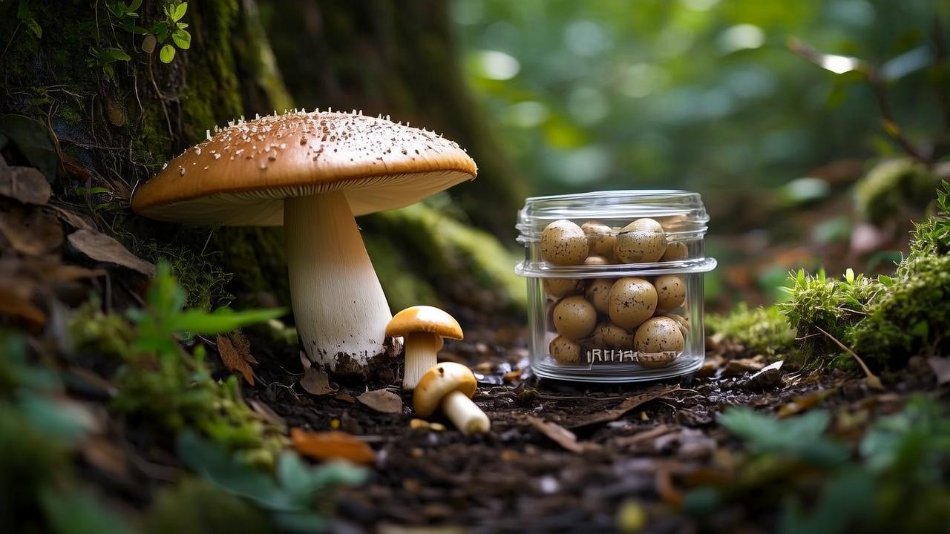
_950.png)
